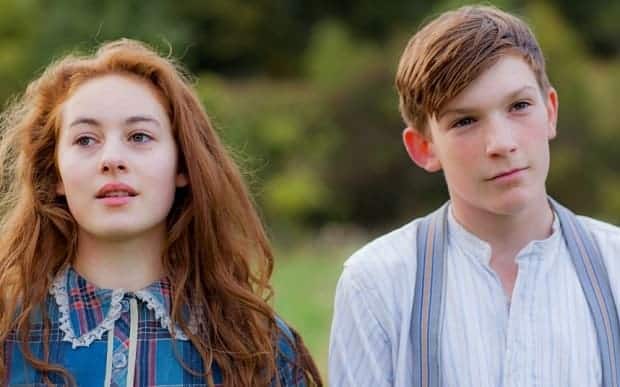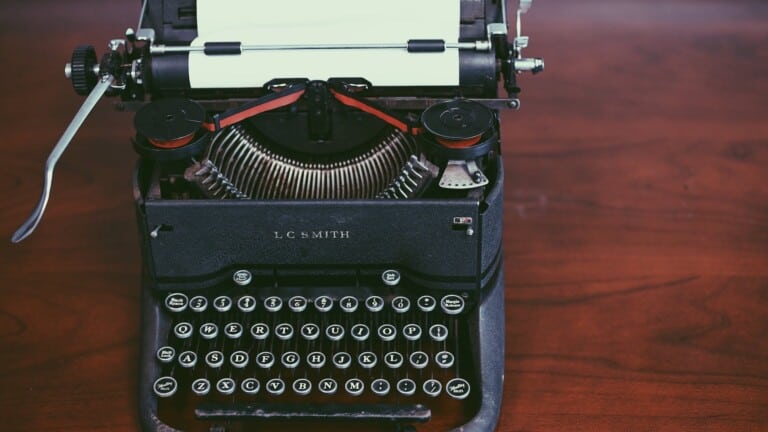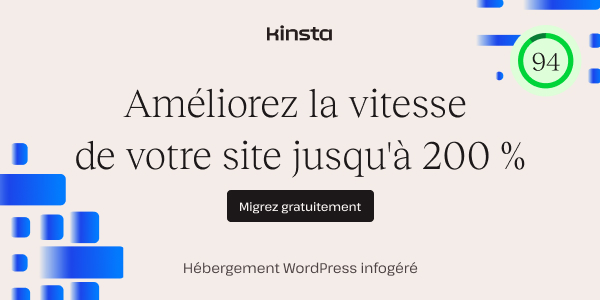Introduction
Laurie Lee belongs to a large family, due to his father’s two marriages.
The first time, his father got 8 kids but only 5 survived: Marjorie, Dorothy, Phyllis, Reggie and Harold.
The second time, with Laurie’s mother, he got 4 kids and just 3 survived: Laurie, Tony and Jack. There are 8 members in the family and Laurie is one of the youngest.
I. The 3 half-sisters
Marjorie: is the eldest. She’s a blonde Aphrodite. She’s tall, long-haired, and dreamily gentle, and her voice is low and slow.
She’s quite unconscious of the rarity of herself, moving always to measures of oblivious grace and wearing her beauty like a kind of sleep. (p.61-62)
Dorothy: is a wispy imp, pretty and perilous as a firework. She is an active forager who lives on thrills, provokes adventure, and brings home gossip.
She is agile as a jungle cat, quick-limbed, entrancing, and noisy. In repose, she is also something else: a fairy-tale girl, blue as a plum, tender and sentimental. (p.62)
Phyllis: is the youngest of the three. She’s a cool, quiet, tobacco-haired, fragile girl, who carries her good looks with an air of apology. She is an odd girl, an unclassified solitary, compelled to her own devices, quick to admire and slow to complain. (p.62-63)






